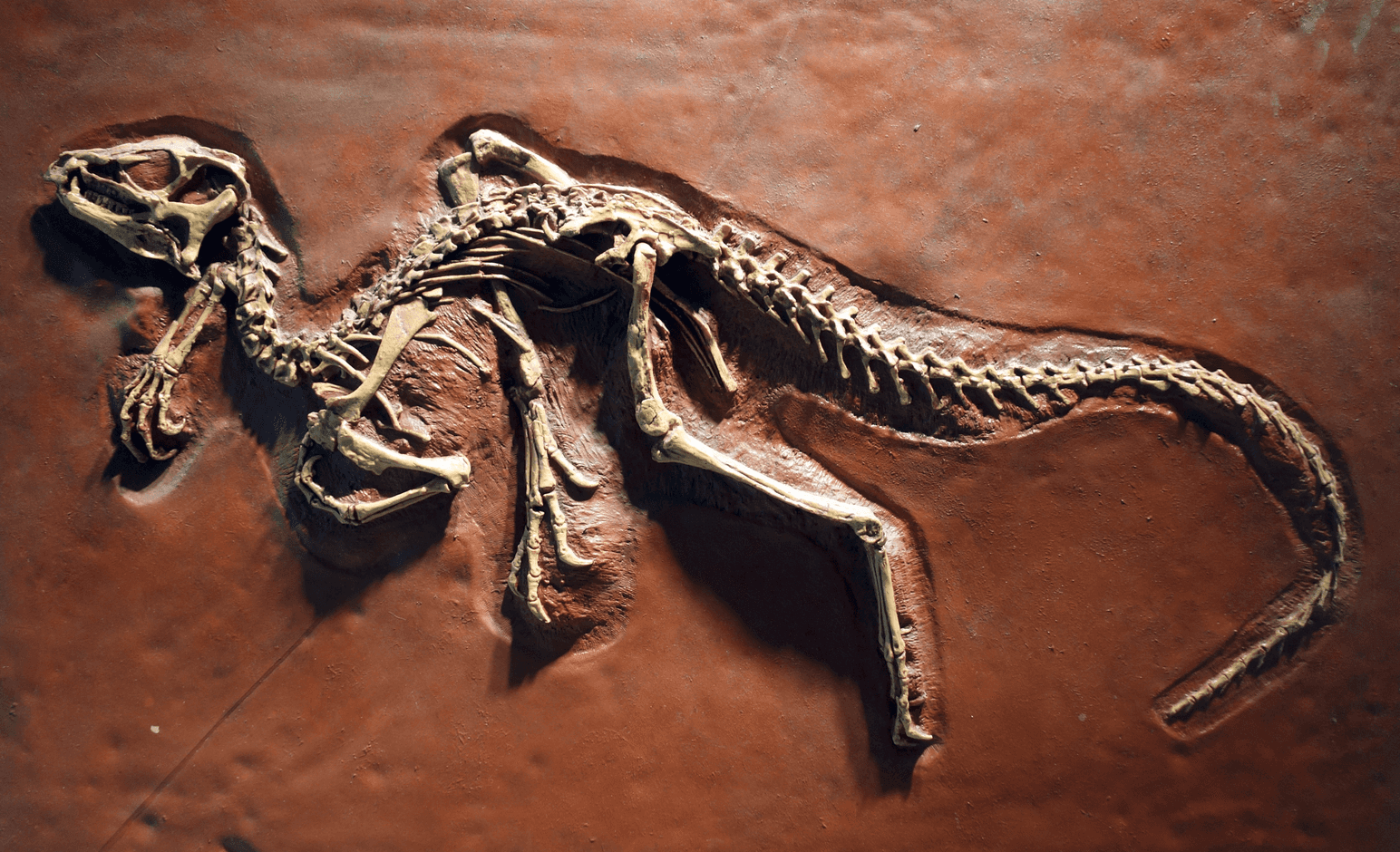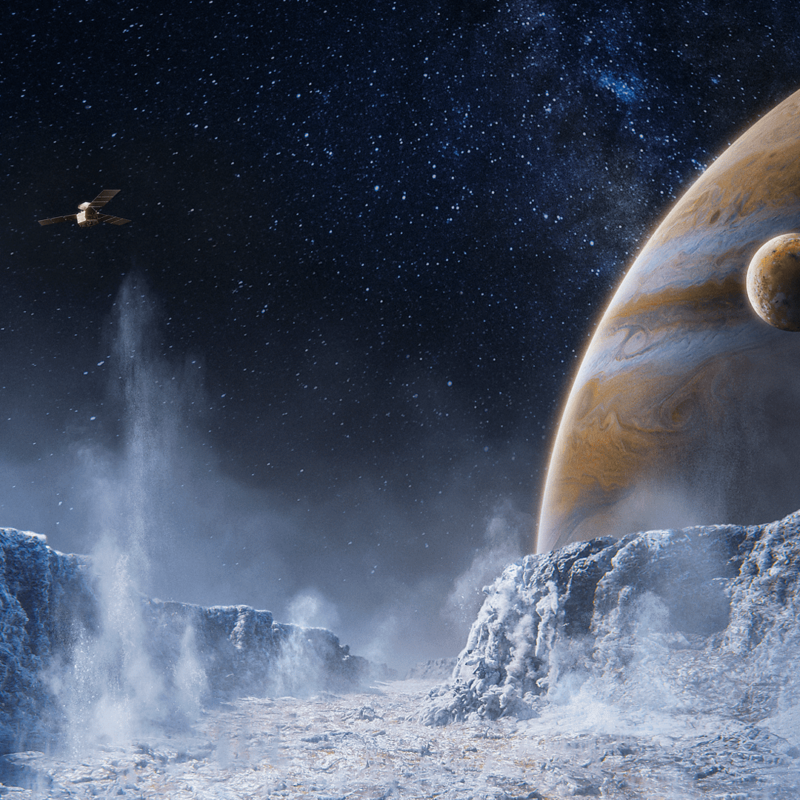description:
Produced in partnership with the Smithsonian, this fascinating and visually-stunning course opens brand new doors onto the 4.54 billion-year history of our world.
episodes:
01. History on a Geological Scale
Take an exciting virtual walk from the Washington Monument to the U.S. Capital to explore the 4.54 billion-year history of Earth, with each of your strides representing 1 to 2 million years. Along the way, fossils will paint a picture of life on Earth, from the earliest known bacteria to our world today.
02. Life Cast in Ancient Stone
Learn about the fascinating individuals and showmen whose curiosity about the Earth and its fossils led to the development of the science of paleontology. But how easy is it to find fossils? Learn about the geographic, climatic, and chemical requirements for a living organism to leave behind its fossilized record.
03. Tools of the Paleontological Trade
In addition to the basic mechanical tools still used in the field today, paleontologists now have an exciting digital tool chest. What can we learn from dispersive x-ray spectroscopy and x-ray computer tomography when they are used to examine fossils from the size of pollen to the bones of Tyrannosaurus rex?
04. How Do You Fossilize Behavior?
While we rarely if ever find the fossilized remains of certain types of organisms, we can find evidence of their existence as they interacted with the environment. Learn how these trace fossils-e.g., fossilized burrows, tracks, ripples, nests, feces-help us understand the early evolution of the biosphere and the diversification of animal life.
05. Taxonomy: The Order of Life
How much does the scientific name of an animal, past or present, really matter? From Carl Linnaeus’ Systema Naturae to the modern system of cladistics, you’ll be amazed how much we can learn about the history of life on Earth simply from our ongoing efforts at classification.
06. Minerals and the Evolving Earth
Paleontology provides a different lens to view how our planet’s 4,400 minerals developed over billions of years-both influencing and being influenced by our evolving biosphere. Learn how Earth’s few primordial minerals interacting with liquid water, plate tectonics, and eventually photosynthesis would create an explosion of mineral species seen nowhere else in our solar system.
07. Fossil Timekeepers
Our planet’s fossil record reveals that the natural cycles we take for granted today were previously quite different. Learn how biostratigraphy, sclerochronology, Carbon-14 dating, and other tools reveal a historic Earth with a day as short as six hours and a year as long as 455 days.
08. Fossils and the Shifting Crust
Why do we find life on Earth exactly where it is today? Why are some species found only in isolated pockets while others are spread across multiple continents? Learn what fossils tell us about our planet’s exciting historic migrations-of flora, fauna, and the continents themselves.
09. Our Vast Troves of Microfossils
When we think of fossils, we tend to visualize large shells or bones. Microfossils, though, can reveal a more complete and dynamic picture of the past, including some of the most ancient history of life on Earth and details of climate change over 100’s of millions of years with a resolution just not possible from large macro” fossils.”
10. Ocean Fire and the Origin of Life
For centuries, scientists believed all life on earth was powered by the sun via photosynthesis. That was before ecosystems, powered by chemosynthesis, were found at volcanic oceanic ridge systems. Paleontologists have now found examples fossilized vent systems over a billion years old and the life that lived around them. These exciting fossils and their modern equivalents may help us understand the beginning of life on Earth and point us to life elsewhere in our solar system.
11. The Ancient Roots of Biodiversity
What is the Cambrian explosion? Why did Charles Darwin find the apparent sudden emergence of complex life so puzzling, and what have paleontologists today revealed about this period of Earth’s history? Learn what the very latest findings tell us about how the stage might have been set for such rapid adaptation and diversification of life on Earth.
12. Arthropod Rule on Planet Earth
Arthropods live successfully all around the Earth today, but it was an extinct group of arthropods, the trilobites, that dominated the globe following the Cambrian explosion. With the benefits of exoskeletons and their well-developed eyes, trilobites were a significant presence in earth’s oceans for 250 million years, evolving into more than 20,000 species with a variety of life styles.
13. Devonian Death and the Spread of Forests
Today we look at forests as a sign of a healthy biosphere. But is it possible that the earliest forestation of our planet-as plants became larger, developed seeds, roots, and wood and expanded away from the shoreline-could be responsible for mass extinction towards the end of the Devonian period?
14. Life's Greatest Crisis: The Permian
What could have caused the Permian mass extinction, when around 90 percent of all species became extinct in the geological blink of an eye? Learn what paleontology reveals about the cascading series of events that led to runaway global warming and the greatest catastrophe faced on earth since the evolution of complex life.
15. Life's Slow Recovery after the Permian
Although after most mass extinctions, the biosphere is well on its way to recovery within several hundred thousand years, recovery took many times longer after the Permian extinction. Eventually though, life adapted and diversified into a wide variety of exciting new plants and animals. Enter the dinosaurs.
16. Dinosaur Interpretations and Spinosaurus
Learn how a recent discovery might answer Romer’s Riddle” and give us a new picture of Spinosaurus, the largest carnivorous dinosaurs to have ever lived. With an elaborate sail on his back and an interpretation that this dinosaur may have been semi-aquatic, Spinosaurus is at the center of much debate in the paleontological community today.”
17. Whales: Throwing Away Legs for the Sea
Learn how descendants of a small raccoon-sized animal that lived in India evolved into modern marine whales. From this small herbivore, within the geological blink of an eye, the power of natural selection would generate a whole array of wonderful creatures including the blue whale, possibly the largest animal to have ever lived on Earth.
18. Insects, Plants, and the Rise of Flower Power
We owe a lot to the angiosperms. Not only do their flowers create a world of beauty, but their fruits helped drive human civilization. But did flowers first appear in water or on land? And what is the history and origin of the wonderful partnership between insects and flowering plants?
19. The Not-So-Humble Story of Grass
With the evolution of grasses came the grassland biomes-the prairies, pampas, and steppes that cover almost 40 percent of Earth’s land surface today. Learn how this biome impacted animal evolution, including our own ancestors as they moved out of Africa and around the planet, facilitated by a carpet of grasses.
20. Australia's Megafauna: Komodo Dragons
Meet the Komodo dragon, a 200-pound lizard found on several relatively small Indonesian islands today. Paleontologists now know these specimens are a relic population of a lineage of giant monitor lizards once common in Australia. But exactly how did these animals make that trip? And how much longer is their species likely to survive?
21. Mammoths, Mastodons, and the Quest to Clone
When the Mastodon became the first extinct species to be discovered, much that the Western world knew to be true-i.e., the Biblical description of the creation timeline-was suddenly called into question. Today, the Mastodon offers us another major ethical challenge: Would it be possible for scientists to use their DNA and bring them back?””
22. The Little People of Flores
Although little folk are common characters in mythology, scientists had never thought they actually existed-until a team of archaeologists made a fascinating discovery on the Indonesian island of Flores in 2003. But exactly who exactly is Homo floresiensis? And through what lineage could we be related?
23. The Neanderthal Among Us
For years, we thought of Neanderthals as brutish, ignorant, distant cousins we could mostly ignore. Not any longer. As revealed by The Neanderthal Genome Project, modern humans and Neanderthals were sufficiently similar to have interbred and produced viable offspring. As much as 30 to 40 percent of the Neanderthal genome may be spread throughout the human population today.
24. Paleontology and the Future of Earth
What paleontologists have learned about Earth’s history so far reveals that change is just about our only constant. Given that only a minute fraction of the information held in the Earth’s crust has been discovered so far, paleontology will continue to be a significant gateway to understanding the past and present, and perhaps provide insight into the future of our planet.
SIMILAR TITLES:
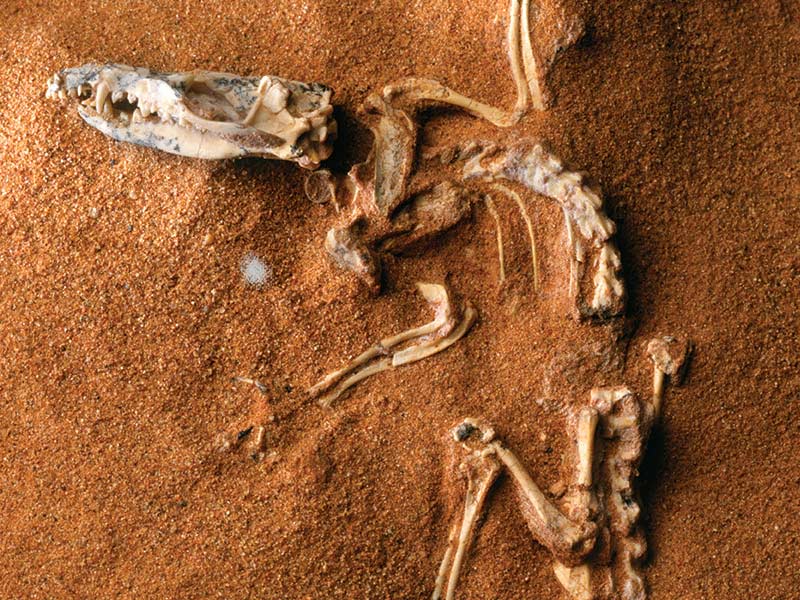 A New History of Life
A New History of Life
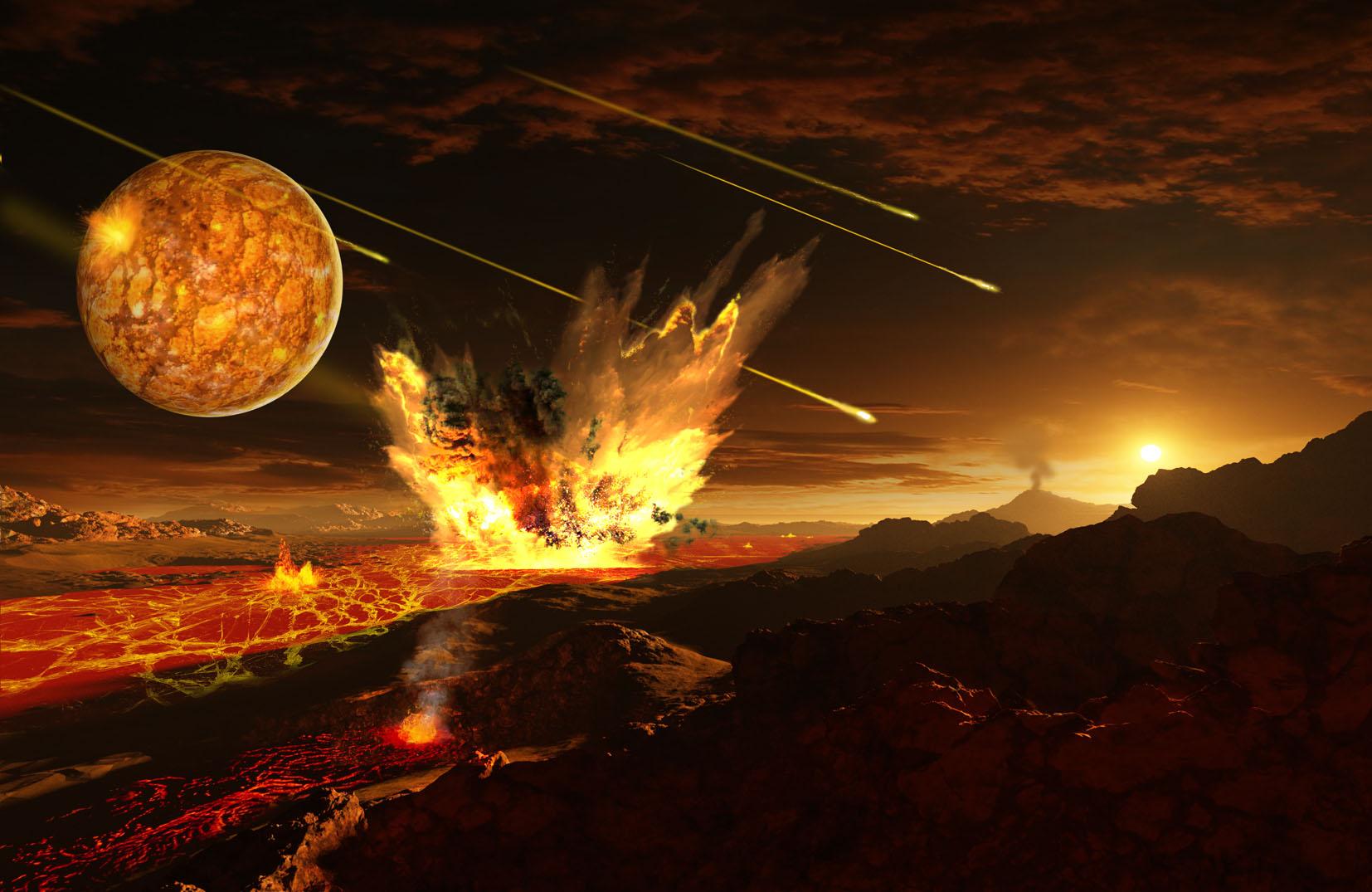 The Origin and Evolution of Earth: From the Big Bang to the Future of Human Existence
The Origin and Evolution of Earth: From the Big Bang to the Future of Human Existence
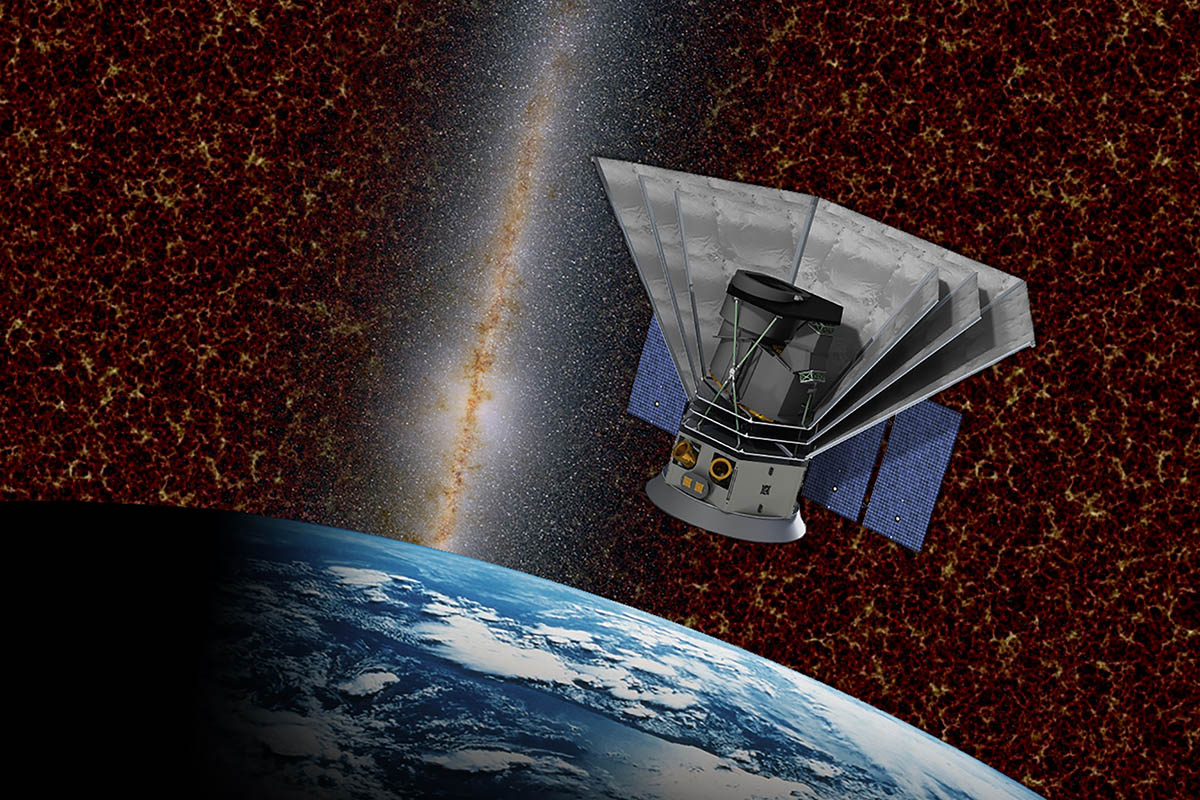 Big History, The Big Bang, Life on Earth and the Rise of Humanity
Big History, The Big Bang, Life on Earth and the Rise of Humanity
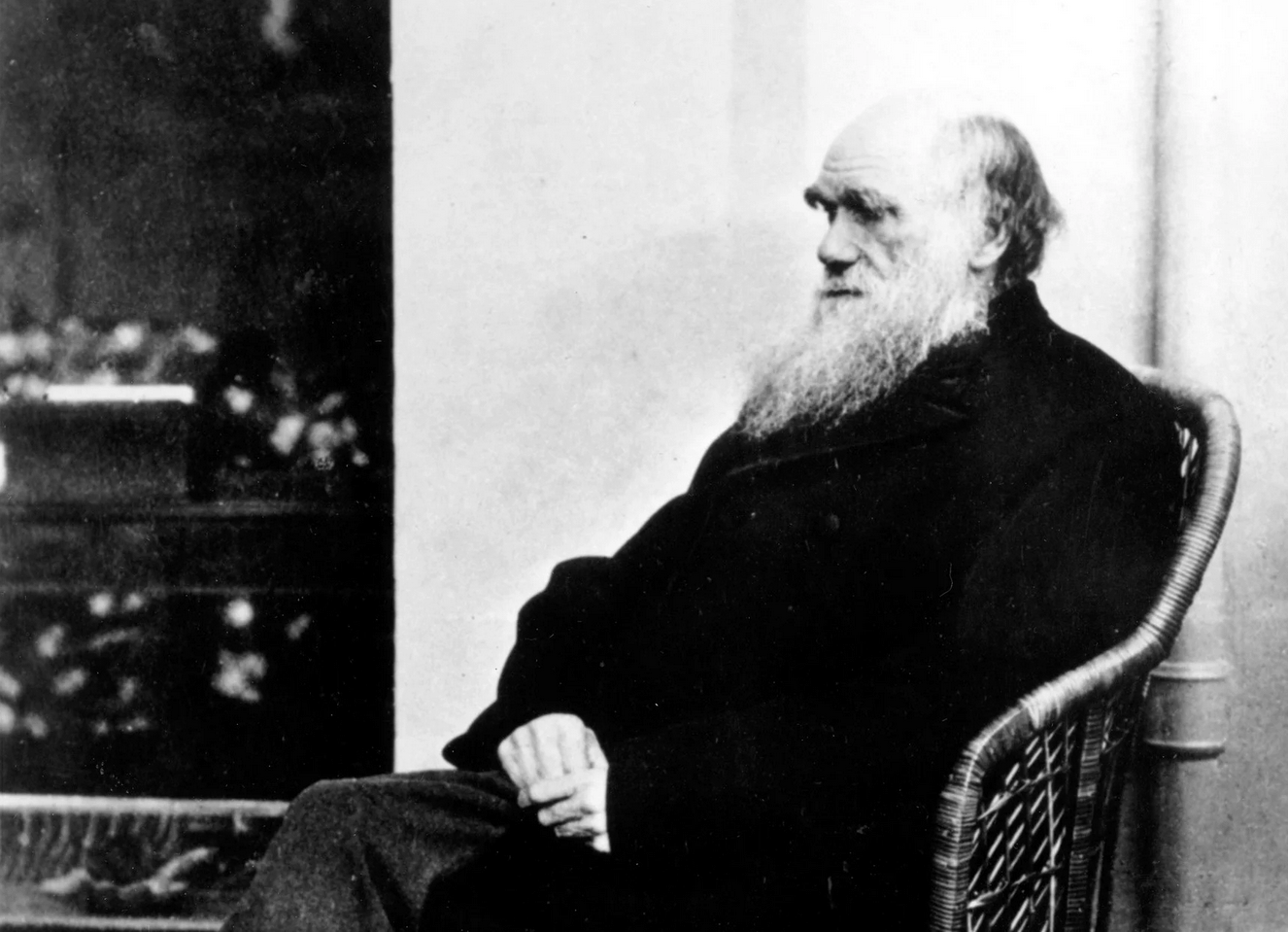 What Darwin Didn’t Know: The Modern Science of Evolution
What Darwin Didn’t Know: The Modern Science of Evolution
 Major Transitions in Evolution
Major Transitions in Evolution
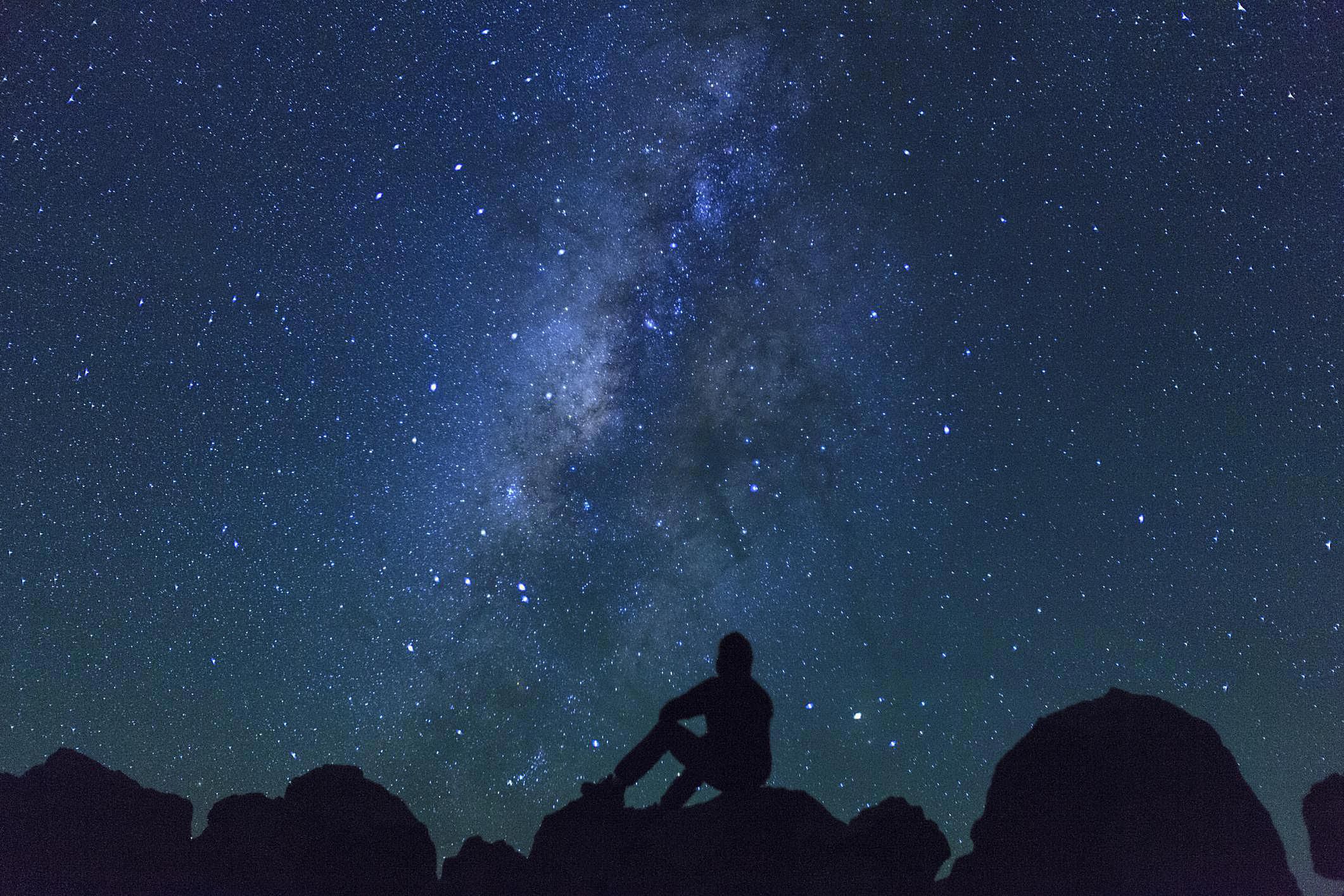 Understanding the Universe: An Introduction to Astronomy
Understanding the Universe: An Introduction to Astronomy

